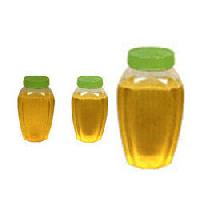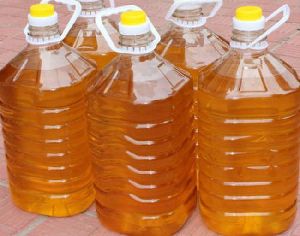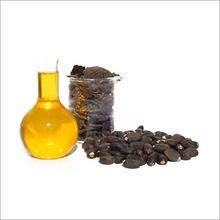Welcome to Garden Universal Oil
Manufacturer Of Refined Sunflower Oil, Refined Corn Oil, Refined Canola Oil, Pure Refined Soybean Oil, Refined Palm Oil, Pure Refined Rapeseed Oil, Used Cooking Oil, Jatropha Oil
Welcome to Garden Universal Oil
Manufacturer Of Refined Sunflower Oil, Refined Corn Oil, Refined Canola Oil, Pure Refined Soybean Oil, Refined Palm Oil, Pure Refined Rapeseed Oil, Used Cooking Oil, Jatropha Oil

Sunflower oil is obtained from the seed of the sunflower (Helianthus annuus L.) a plant grown mainly in Malaysia. The average content of oil in the seed is 45%. The high oleic sunflower oil is derived from sunflower seed varieties grown in Malaysia. The refined oil is pale yellow, clear, bright and almost odourless. In the refined variety, oleic / linoleic acid is 1 to 2 (30% vs. 65% approximately). In the high oleic variety, oleic content is above 75% at the expense of linoleic acid (about 10%).
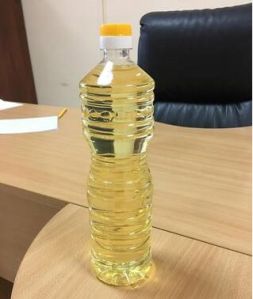
Corn oil is made from organic corn germ through pressing and refining techniques, the fatty acid in corn oil is characterized by the content of unsaturated fatty acids as high as 80%-85%. Corn oil itself does not contain cholesterol. It has a dissolving effect on the accumulation of cholesterol in the blood and can reduce the hardening of blood vessels. It has a positive preventive effect on senile diseases such as arteriosclerosis and diabetes. Due to the function of natural vitamin E, it has obvious curative effect and preventive effect on heart disease, thrombophlebitis, reproductive dysfunction, muscular dystrophy and nutritional encephalomalacia.

Canola oil means the oil obtained from clean and sound, low erucic acid bearing seeds of rapeseed belonging to compestris, juncea or napus varieties of Brassica by the method of expression or solvent extraction and it shall be clear, free from rancidity, suspended or other foreign matter, separated water, added coloring or flavoring substances or mineral oil and shall contain not more than 2 % erucic acid (as % of total fatty acids). Refined imported rapeseed oil is the oil obtained from the above crude oil by the process of refining as per the definition given under FSSAI 2.2.1 (16) & 2.2.1 (7). It shall be clear, free from rancidity, suspended or other foreign matter, separated water, added colouring or flavoring substances or mineral oil and shall not contain not more than 2 % erucic acid. It shall conform to the following standards

Soybean (also known as soyabean), the legume or bean with the botanical name Glycine max, has attained global importance as a rich source of proteins and polyunsaturated oil after the World War II. It is also an important vegetarian source of omega-3 and omega-6 fatty acids. Direct food uses of soybeans include soya milk and tofu (made from soya milk). Fermented foods like soy sauce are also made from soybeans.bean products over the past few years. Today, soybeans are cultivated across the globe in large quantities and are processed to obtain vegetable oil as well as the oil meal for a wide range of end-uses. Malaysia. Therefore, the soybean processing industry, i.e., solvent extraction plants to extract the triglyceride oil from soybeans and feed making plants to produce various animal feeds from the extracted soybean oil meal (and other oil meals), have flourished in these countries in the past several decades. Standards have been specified for various grades of soybeans which are traded across the globe. Soybeans generally contain about 18 to 20% triglyceride oil and 35 to 40% proteins on dry basis. Traditionally, soybeans are first processed in solvent extraction plants to obtain the vegetable oil and then the oil meal is either used as a component of different animal feeds. Soybean flour is also used to make traditional breads after mixing with other flours like wheat flour. Other products like textured vegetable proteins (TVP) are also made from soybeans. Baby food formulations, meat and dairy alternatives, soy nut butter are some of the advanced food products made from soybeans.
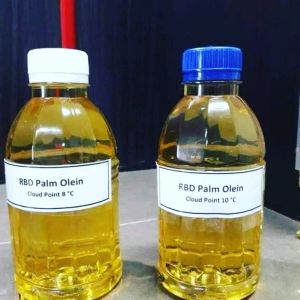
Palm oil is obtained from the soft pulp of the fruit of the palm (Elaeis guineensis) tree that grows primarily in Malaysia. The oil content is 40-65%. The crude oil has a reddish color and the refined oil is light colored and transparent (both in its liquid form). It is one of the oils with the largest production in the world and is a reference for all lauric oils such as coconut and palm kernel. It is an oil of the lauric group, those having a balanced composition of short chain fatty acids (less than or equal to 16 carbons) and upper channels (equal to or greater than 18). This composition means the melting point of this oil is about 36-38 ° C and means that depending on the geographical area, the oil is liquid or solid. The application of palm oil is mainly for human and animal nutrition and production of personal care products. It is also one of the main raw materials for the manufacturer of biodiesel. The palm oil derivatives are widely used in technical fields.

Despite its limited name recognition in Malaysia, rapeseed oil is one of the oldest known vegetable oils. It’s extracted from the seeds of a plant called rape, which is botanically related to cruciferous veggies like broccoli, Brussels sprouts, and cabbage. The plant grows primarily around the world and is identifiable by its bright yellow flowers. Rapeseed oil comes in two distinct forms. Industrial rapeseed oil, which isn’t edible, is used for purposes like lubricating engines and making lipstick. It contains high amounts of erucic acid1, a substance known to be toxic to humans. Culinary rapeseed oil, on the other hand, is edible, used in home cooking, and included in many processed food formulations. Unlike industrial rapeseed oil, the culinary version is low in erucic acid, with an upper limit of 2% by weight. culinary rapeseed oil goes by the name canola oil—so called for its largest producer here in Malaysia, however, it’s retained its original moniker.
Share your thoughts with other customers for Garden Universal Oil
Add Review